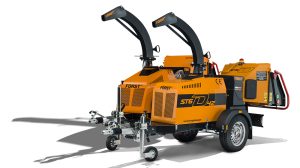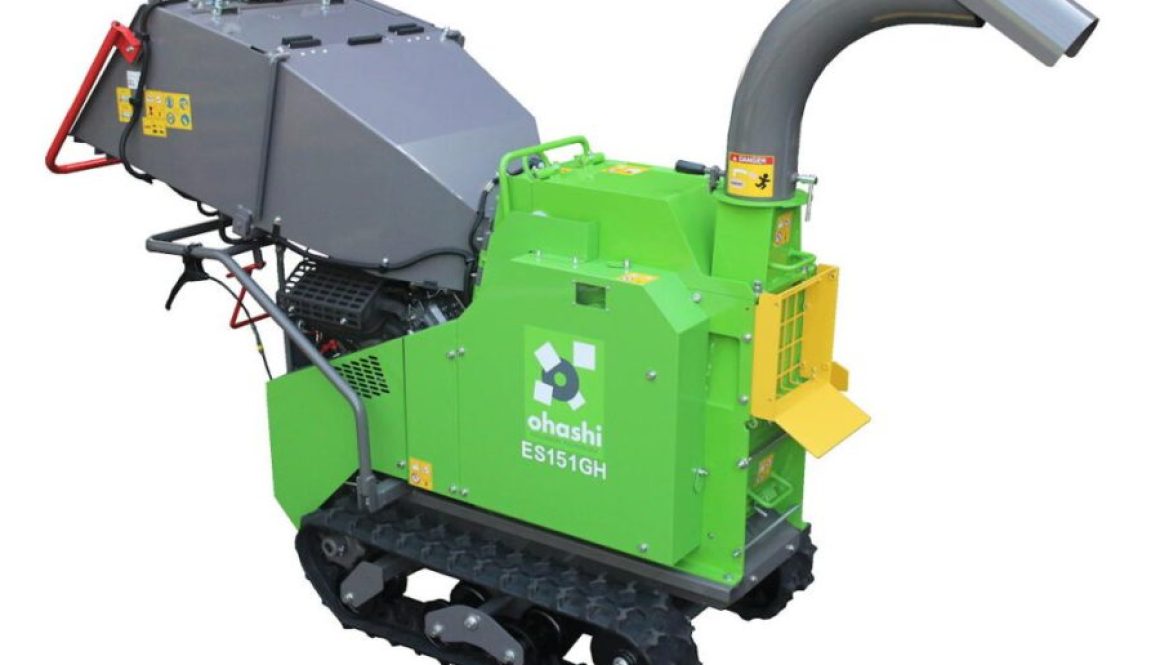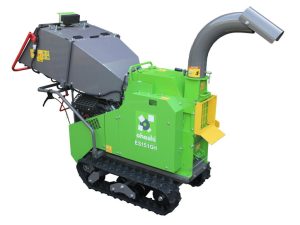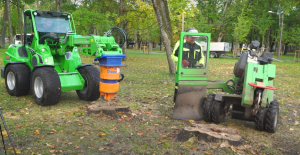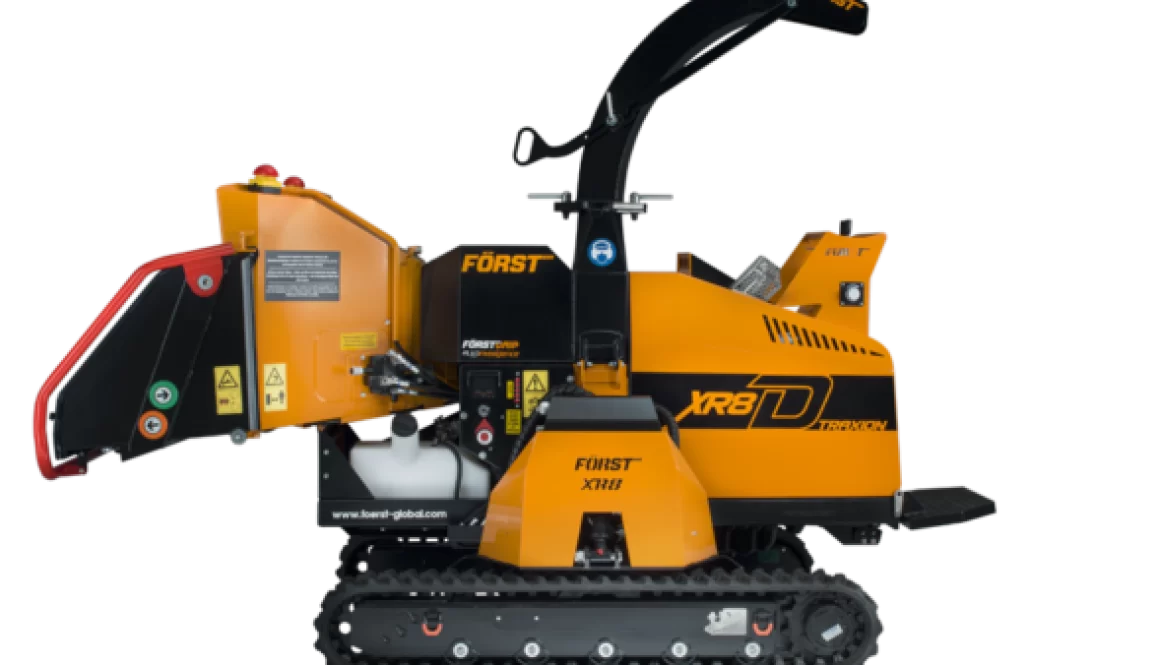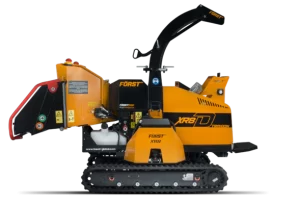Winton 5 inch Wood Chipper

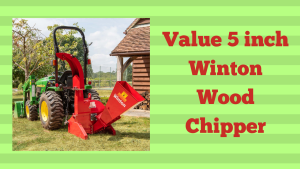
Today, we’re looking at the Winton 5-inch wood chipper. I recently came across this wood chipper on LinkedIn, where Terry Harrison from Terry Harrison Machinery posted about it. This tractor-driven model is designed for small tractors with a three-point linkage.
The Winton 5-inch wood chipper has just been added to Terry’s website’s special offers page. Its value price is £1,349 plus VAT, which I thought was pretty good. It can also be found on eBay.
I Have Created A Video On The Subject Of The Winton 5 Inch Wood Chipper Which You Can See Below

Here’s a quick look at the Winton website. It mentions that this chipper is ideal for woodland, small holdings, and forestry. Obviously, if you’re doing a lot of chipping, you’d probably want a chipper that feeds itself. However, this is a gravity-fed chipper. For the price and what you get, it does seem to offer good value for money.
It’s simple to operate, featuring four cutting blades, a 360° output chute for precision control, and a shear bolt PTO for enhanced safety—always a good feature to protect your machine.
As you can see in the video, the operator has to push the material into the chipper manually. That could be considered a downside, but given the cost, it’s still a pretty affordable option.
So, that’s the Winton 5-inch wood chipper. It retails at £1,450 plus VAT, but Terry Harrison Machinery has it on special offer. Whether that deal is still available, I’m not sure, but there’s a good chance it might be.
More Wood Chippers
Just so you know, we also have some wood chippers on our website. These are self-propelled models, not tractor-driven ones. We also stock a few tracked wood chippers, including some Forst models.
If you’re interested, eBay also has a selection, including the Winton 5-inch PTO wood chipper, though it’s a bit pricier there at £1,625. Even so, it offers excellent value for money and comes with a one-year warranty.
The Winton website describes this chipper as a high-performance, robust, and durable product, ideal for small holdings and estates. All their machinery comes with a 12-month parts warranty, so you can buy with confidence and peace of mind. They also stock a comprehensive range of spare parts.
There you have it—the Winton 5-inch wood chipper. To me, it offers great value for money.
If you have any questions, please feel free to leave a comment, and I’ll do my best to help. Thanks very much for watching!
